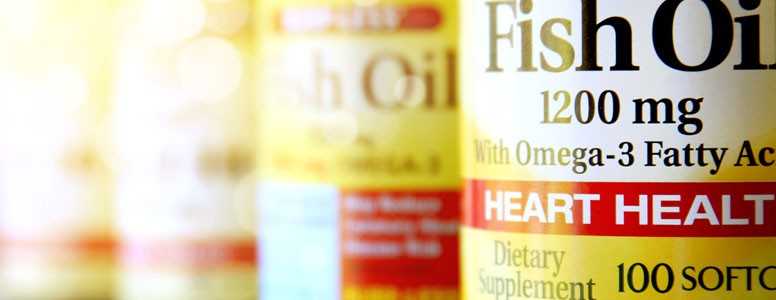A new artificial pancreas trial in the US has shown the device to be safe and effective for use in children with type 1 diabetes aged 5-8 years.
This artificial pancreas has been developed by scientists at the University of Virginia (UVA), and works by automatically delivering insulin to keep blood glucose levels well controlled.
In this new study the device was shown to improve blood glucose levels compared to an insulin pump, which the children had been using previously.
“Our study data show, for the first time, that among young children, 5 to 8 years old, this artificial pancreas maintains blood sugars in the target range better than the usual home regimen,” said lead investigator, Mark DeBoer, M.D., associate professor at UVA.
The artificial pancreas system was tested for 68 hours in six boys and six girls with type 1 diabetes, all of whom normally used an insulin pump and continuous glucose monitor (CGM).
During the time using the artificial pancreas, the children spent longer in their target blood sugar range, on average. They also experienced less hyperglycemia and no increase in episodes of hypoglycemia.
DeBoer is buoyed by the findings and believes the artificial pancreas system could provide a valuable treatment option for young children.
“Up until now, parents and doctors have had to decide how much insulin to give young children throughout the day to avoid dangerously low or high blood sugars,” he said.
“With the exception of insulin dosing for food intake, artificial pancreas makes all the dosing decisions. It can track the patient’s blood sugar level and adjust the amount of insulin given to keep blood sugar in a target range.
“These results, although in a small number of children, show great promise because similar results have been found in large-scale studies of older individuals with type 1 diabetes.”
The findings will be presented this week at the Endocrine Society’s 99th annual meeting in Orlando, Florida.
What's new on the forum? ⭐️
Get our free newsletters
Stay up to date with the latest news, research and breakthroughs.








